Concept cars have always been a playground for designers and engineers to push the boundaries of what’s possible in the automotive world. While many of these imaginative vehicles never make it to production, they offer a glimpse into the future of car design, technology, and innovation. Some of these concepts are outlandish, while others are ahead of their time, but all of them stand out for their unique features and bold visions. In this list, we’ll explore 15 of the most unusual concept cars that, despite their groundbreaking ideas, never made it to the roads. Each one tells its own story of what could have been.
Cadillac Sixteen (2003)
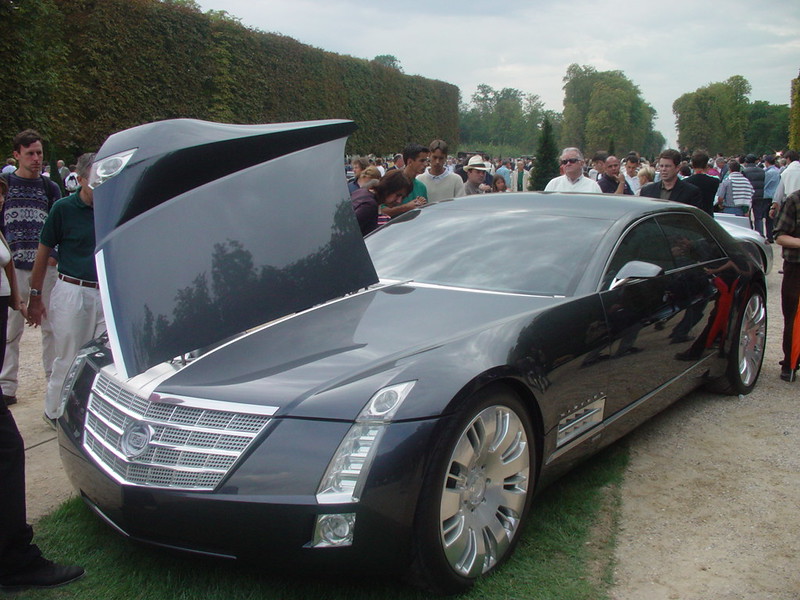
The Cadillac Sixteen was introduced as a symbol of American luxury, boasting a mammoth 16-cylinder, 13.6-liter engine capable of producing 1,000 horsepower. Despite its jaw-dropping power, the car’s Active Fuel Management allowed it to run on just four cylinders when full power wasn’t necessary, enhancing fuel efficiency. It featured opulent materials inside, including hand-stitched leather and crystal, making it feel like a private jet on wheels. The car’s exterior design was equally bold, with sharp, angular lines that modernized Cadillac’s image. Ultimately, the Sixteen was too extravagant for the market, especially during a time of rising fuel costs and changing consumer priorities.
Ford Nucleon (1958)
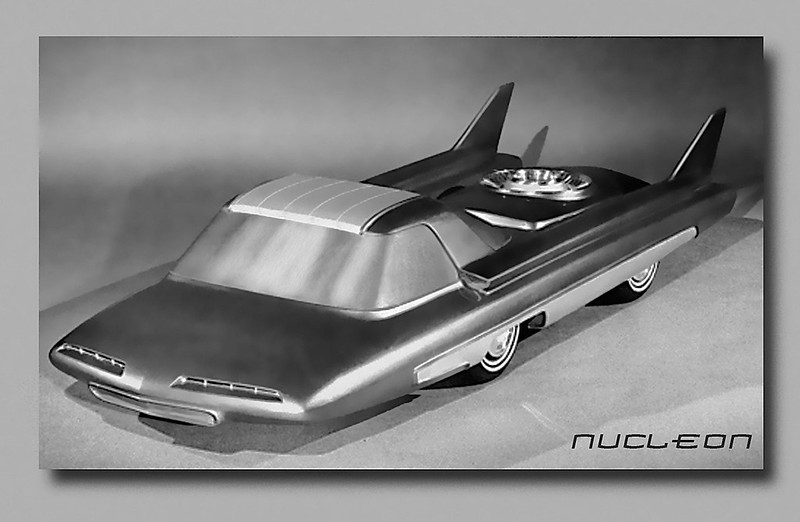
The Ford Nucleon was one of the most radical concept cars of its time, designed to be powered by a miniature nuclear reactor instead of gasoline. The idea was that drivers could swap out the reactor cores at specialized stations, much like filling up a gas tank today. Its elongated body and futuristic design reflected the optimism of the atomic age, where people believed nuclear power would one day revolutionize everything. Safety concerns and technical limitations, however, kept the Nucleon from ever becoming more than a prototype. Its legacy lives on as a fascinating piece of Cold War-era imagination.
Chrysler Turbine Car (1963)

The Chrysler Turbine Car was an engineering marvel, running on a jet turbine engine that could use a variety of fuels, including kerosene, diesel, or even tequila. Its smooth and silent operation was unlike anything else on the road at the time, and Chrysler actually built 55 prototypes for consumer testing. The vehicle’s turbine engine had far fewer moving parts than traditional piston engines, promising reduced maintenance. Unfortunately, the production costs were astronomical, and the technology wasn’t refined enough for mass production. The Turbine Car’s failure didn’t diminish its impact, as it remains one of the most iconic concept cars of the 20th century.
BMW GINA (2008)
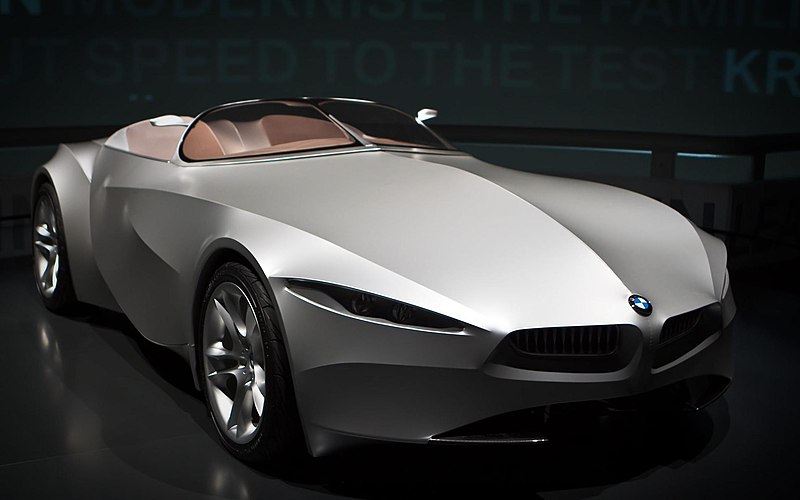
The BMW GINA was a groundbreaking concept that challenged traditional notions of car design by featuring a flexible, fabric-covered body instead of metal. The car’s shape could change depending on driving conditions or driver preference, thanks to its innovative construction. The GINA could modify elements like the position of the headlights or the height of the rear spoiler, making it adaptable to various needs. Inside, the cabin was equally futuristic, with a minimalistic design that emphasized simplicity and functionality. Despite its ingenuity, the GINA was too experimental to make it to production, but it remains a symbol of BMW’s forward-thinking design philosophy.
Renault Trezor (2016)

The Renault Trezor turned heads with its futuristic, all-electric powertrain and ultra-low, aerodynamic design. Its unique feature was the clamshell roof, which opened upward, allowing passengers to enter the vehicle in a way more reminiscent of boarding a spaceship than a car. Inside, the Trezor featured an expansive dashboard touchscreen that controlled most of the vehicle’s functions. The electric motor, borrowed from Renault’s Formula E racing car, delivered 350 horsepower, offering both speed and eco-friendly performance. Although the Trezor never saw production, it served as a showcase for Renault’s vision of future electric vehicles.
Mercedes-Benz F 015 (2015)
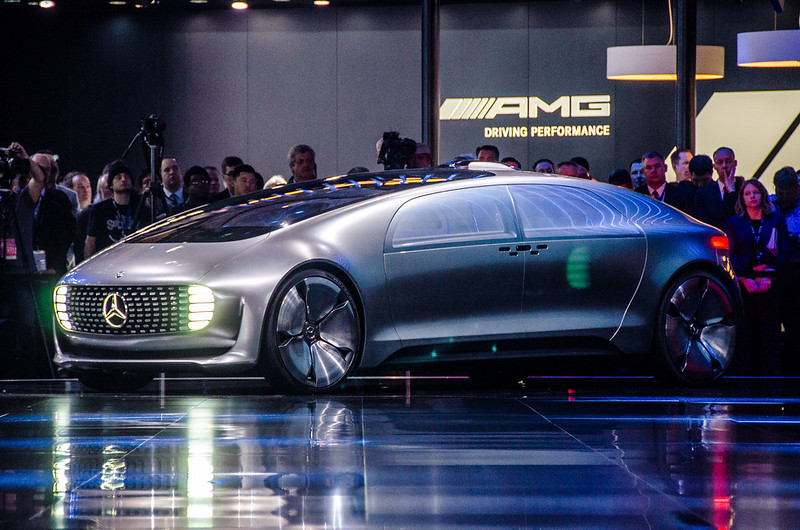
The Mercedes-Benz F 015 was a glimpse into the future of autonomous, luxury mobility. Its most striking feature was the cabin, designed more like a living room with rotating lounge chairs that allowed passengers to face each other while the car drove itself. The exterior was smooth and minimalist, emphasizing the idea of a future where cars are less about driving and more about comfort. Advanced sensors and autonomous driving systems controlled the car, offering a completely hands-off driving experience. Though it never went into production, the F 015 remains influential in discussions about the future of self-driving cars.
Aston Martin Bulldog (1979)
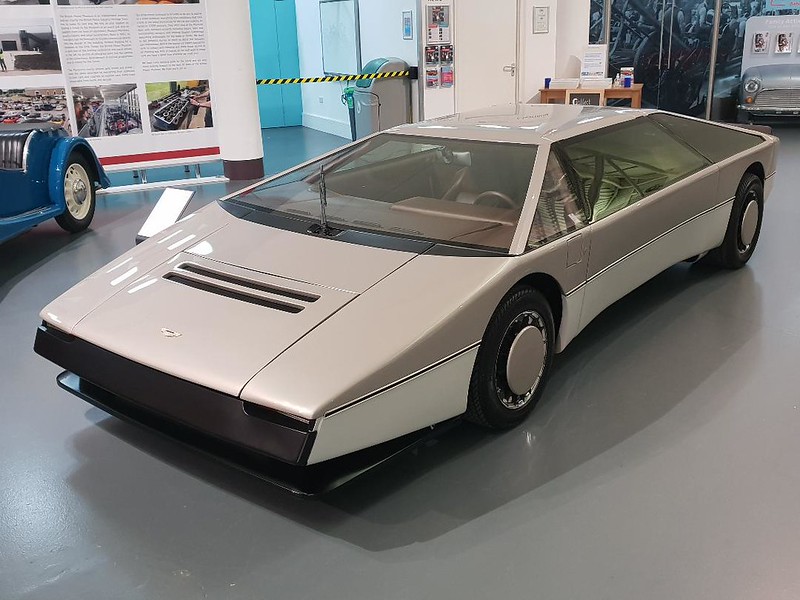
The Aston Martin Bulldog was a concept car designed to shatter speed records, with a goal of exceeding 200 mph. Its wedge-shaped, futuristic design and gullwing doors gave it a striking look, and it was equipped with a 5.3-liter twin-turbo V8 engine. The Bulldog featured a minimalistic yet high-tech interior, with digital displays and advanced controls for its time. Despite its promise, only one Bulldog was ever built due to the car’s high cost and the uncertain market for such an extreme vehicle. Today, it remains a rare and coveted piece of Aston Martin history.
Saab Aero-X (2006)
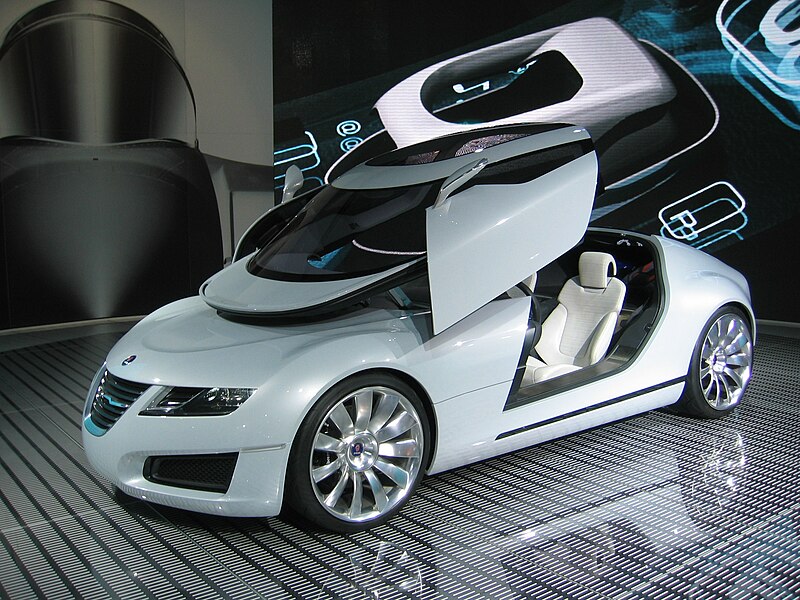
The Saab Aero-X stood out for its aviation-inspired design, most notably its canopy-like roof that lifted upward for entry, similar to a jet fighter cockpit. Its dashboard used holographic displays, and the controls were designed to feel like piloting an aircraft. Powered by an ethanol-fueled V6 engine, the Aero-X was also environmentally conscious, aligning with Saab’s focus on sustainability. Despite its advanced design, Saab’s financial troubles prevented the car from reaching production. It remains one of the most iconic concept cars in the company’s history, showcasing Saab’s innovative spirit.
Citroën Karin (1980)
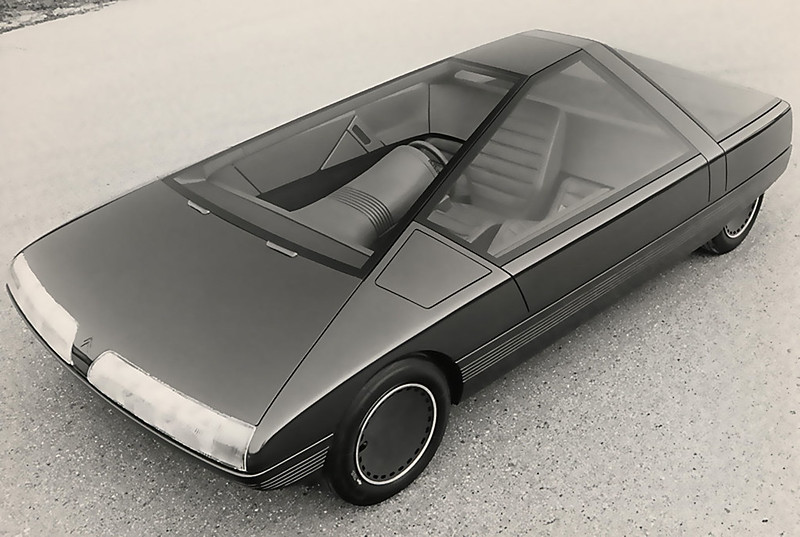
The Citroën Karin was an avant-garde concept car with a pyramidal design and a three-seat layout, placing the driver in the center. This unique seating arrangement allowed for a more streamlined design and enhanced driving visibility. The interior was stripped down to the essentials, with a minimalist dashboard and high-tech controls for the era. Its sharp, angular shape was not just for aesthetics but aimed at improving aerodynamics. While the Karin never went into production, it pushed the boundaries of automotive design and remains a standout in Citroën’s history.
GM Firebird XP-21 (1953)
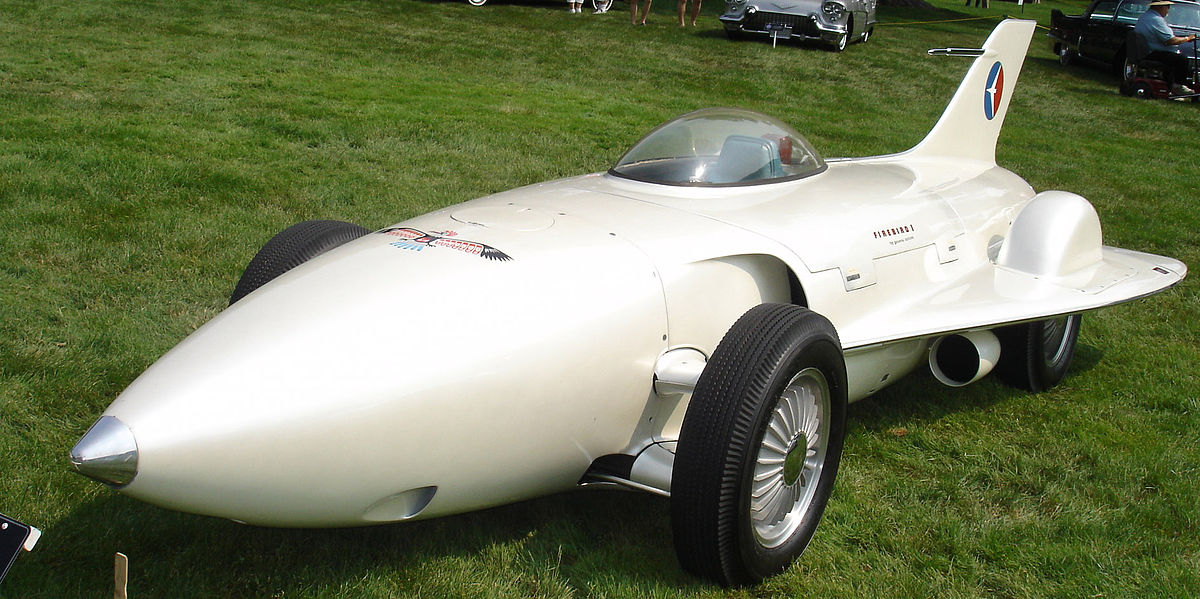
The GM Firebird XP-21 looked more like a jet than a car, with a gas turbine engine and sleek, aircraft-inspired design. Built as part of General Motors’ research into alternative propulsion methods, the XP-21 had a single-seat cockpit with a bubble canopy and tail fins that further enhanced its jet-like appearance. While its gas turbine engine was cutting-edge technology at the time, it wasn’t practical for consumer vehicles. The XP-21 was more of an engineering experiment than a realistic production vehicle. Its legacy, however, is as a symbol of post-war optimism and futuristic design.
Honda P-NUT (2009)
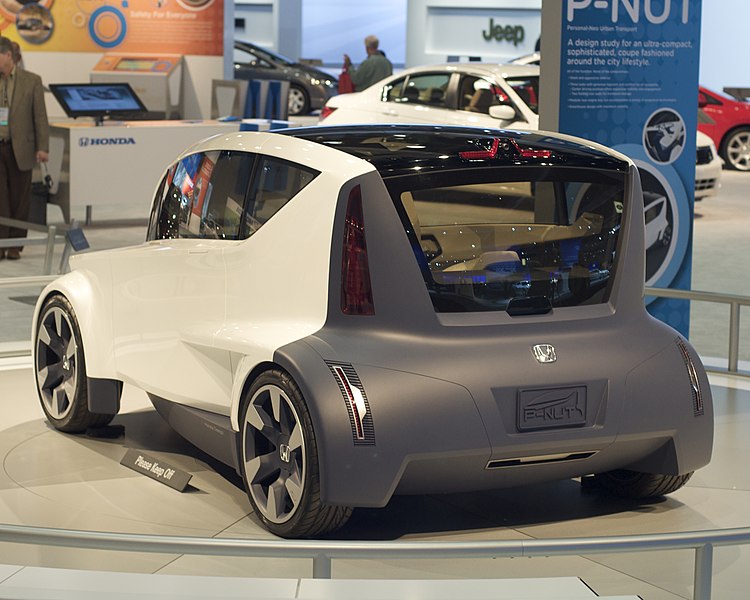
Honda’s P-NUT, short for Personal Neo Urban Transport, was a concept vehicle designed to address the challenges of crowded city living. Its compact, wedge-shaped body was small enough to easily maneuver through tight urban spaces. Inside, the driver sat in a central position with two passengers behind, creating a more social and space-efficient layout. The P-NUT was designed to be highly customizable, with the ability to use different powertrains, including electric or hybrid options. Despite its innovative design, the P-NUT never moved beyond the concept stage, but it remains a symbol of Honda’s vision for future urban mobility.
Lamborghini Athon (1980)
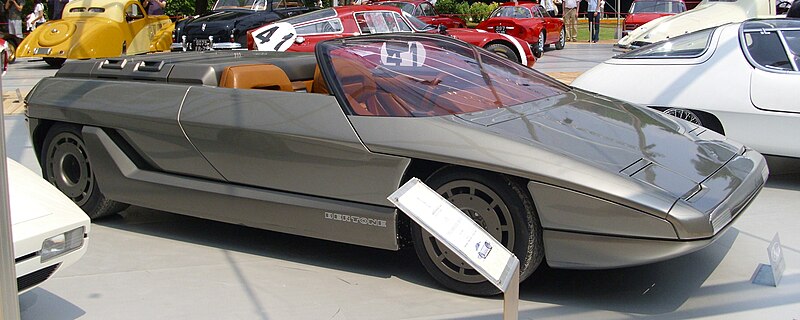
The Lamborghini Athon was designed during a time when the automaker was struggling financially, yet it represented the brand’s desire to push the limits of design and engineering. Its sleek, open-top body and futuristic look were complemented by a 3.0-liter V8 engine. The Athon’s dashboard was as forward-thinking as its exterior, featuring a digital display that was highly advanced for its time. Lamborghini ultimately decided not to pursue production due to market concerns and the high costs associated with such a niche vehicle. The Athon remains an intriguing piece of Lamborghini’s design legacy.
Nissan Pivo 2 (2007)
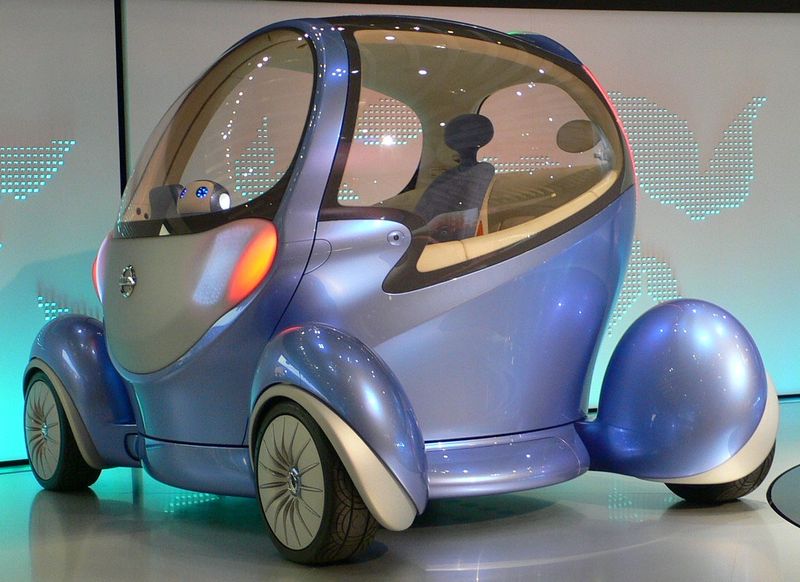
The Nissan Pivo 2 was a city-focused electric concept car that featured an innovative rotating cabin, allowing the car to move in any direction without needing to turn around. This quirky design made parking and navigating tight city streets incredibly easy. The car also had a built-in robotic assistant, which could interact with the driver and monitor their mood, offering suggestions like rest stops or calming music. The Pivo 2 was part of Nissan’s vision for more user-friendly and intuitive urban vehicles. However, its unusual design kept it from reaching the production stage, though it left a mark on future compact car designs.
Peugeot Moovie (2005)
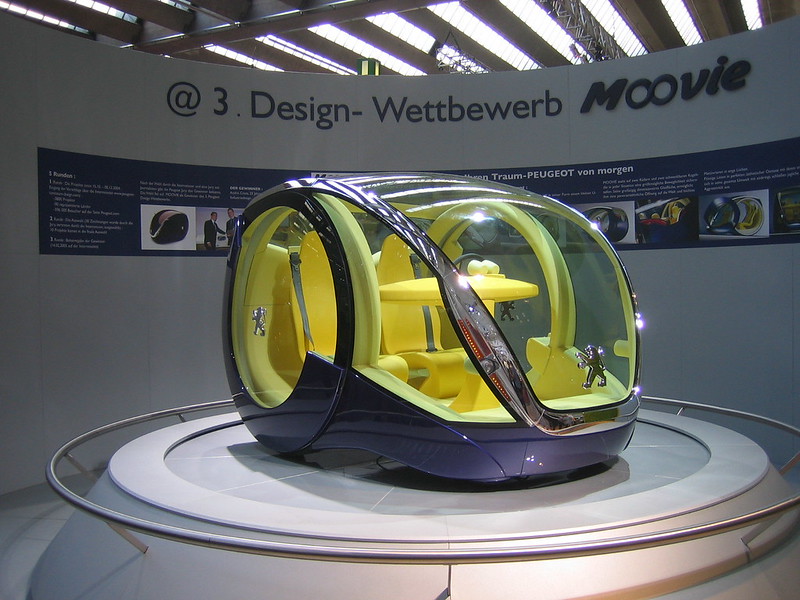
The Peugeot Moovie was the winner of a global design competition, standing out for its futuristic, eco-friendly approach to urban transport. The car’s most notable feature was its large, hub-less wheels that gave it a unique appearance and helped it maneuver through tight city streets. Inside, the Moovie was designed with simplicity and efficiency in mind, offering seating for two in a compact yet comfortable space. While it was never meant for production, the Moovie was a bold statement on the future of city cars. Its design helped influence the next generation of compact, eco-conscious vehicles.
Suzuki X-90 (1995)

Although the Suzuki X-90 technically made it to production, it remains one of the most unusual vehicles ever sold, blending elements of a compact car with those of an SUV. It featured a two-seat cabin and a removable T-top roof, offering a blend of off-road capability and sporty fun. The X-90’s quirky, almost toy-like appearance made it a tough sell to consumers, and it was only on the market for two years. Despite its short lifespan, it has since developed a cult following among fans of oddball cars. Its unique design and bold approach to the compact SUV concept remain topics of discussion.
This article originally appeared on Rarest.org.
More From Rarest.Org
Birds of prey, also known as raptors, are some of the most captivating creatures in the animal kingdom. With their sharp talons, powerful beaks, and keen eyesight, these birds are masterful hunters, dominating the skies with grace and precision. Read more.
In a world increasingly dominated by mass production and technology, the art of handcrafting remains a treasured link to our cultural heritage. Across the globe, there are rare skills that have been carefully preserved and passed down through generations, each requiring precision, patience, and a deep understanding of materials. Read more.
Ferns are some of the most fascinating plants, known for their lush greenery and delicate fronds that can add a touch of elegance to any space. Among the vast variety of ferns, there are those that stand out for their rare and intricate leaf patterns, making them highly sought after by plant enthusiasts and collectors alike. Read more.



